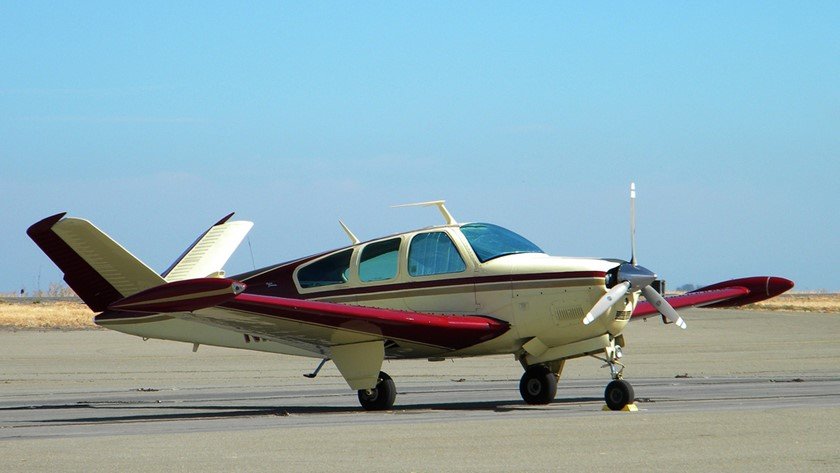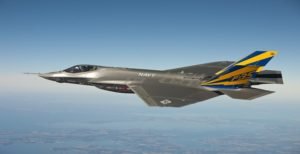V-tail is the arrangement of aircraft tail control surfaces. V-tail replaces the traditional fin and horizontal surfaces with two surfaces which forms a V-shape configuration. The aircraft has the same stabilizing forces as a conventional tail system
This article highlights the pros and cons of using a V-tail configuration.
Pros:
1. Lighter: V-tail-designed aircraft is lighter compared to the conventional tail configuration of other aircraft designs. The under-sized surfaces used in designing the V-tail make it lighter and faster. The configuration has fewer surfaces than the conventional T-tail system.
2. Surface area: V-tail design have a less wetted surface area as it has only two control surfaces compared to conventional aircraft which have three.
3. Reduced drag: Reducing intersection surfaces from three to two leads to the reduction in drag as it eliminates interference drag.
4. Reduces wear: To avoid placing the vertical stabilizer in the engine exhaust, a V-tail configuration is used. This ensures the flow of the exhaust is not disrupted and also reduces the wear on the stabilizer.
5. Increase stealth: The canted surfaces of V-tail configuration reflect radar away from the source leading to increased stealth.
6. Reduce infrared signature: V-tail design allows the engine to be mounted above the fuselage. This helps reduce infrared signature from below.
7. Improve safety: Placing the engine above the fuselage, not only reduces infrared signature but also improve the safety of the aircraft and reduce cabin noise.
8. Better span: A properly sized V-tail have the same wetted area as conventional tail systems. It leads to a better span since the area is spread over two surfaces instead of three.
9. Optimize fuselage: V-tail allows you to optimize the aircraft fuselage and put the aircraft mass lower than T-tail. This makes the aircraft more damage-resistant.
10. Different options: V-tails are either all-flying or removable allowing you to choose one based on your preferences.
Cons:
1. Cause Snaking: To prevent snaking/yawing, V-tail aircraft need to have a longer rear fuselage compared to the conventional empennages.
2. Induced drag: Making certain movements during the landing of the aircraft, may cause some induced drag. The right rudder aircraft can yaw right and vice versa,
3. Complex control system: V-tail aircraft configurations require a complex control system since the two surfaces of the design have to move together and this can be a bit challenging to pilots used to flying conventional aircraft.
4. Increased load: More load is required to design a robust aircraft compared to designing a conventional system.
5. Require more control forces: V-tail aircraft system requires a lot of control forces in order to effectively operate the aircraft. This makes it difficult for the aircraft to be flown by just any pilot. V-tail designs need a lot of control.
6. Constant fiddling: When using radar in a thermal turn, sometimes the V-tail keeps on stalling and you have to keep fiddling it to have the right differential. If not fixed, it can cause some “up’ elevator effect.
7. Not full flying: V-tails are not full-flying if you’re looking for decalage.
8. Unstable: If the V-tail has the same size of stab + elevator at the top view and the same size in the side view with fin + rudder, then this causes an undersized V-tail and poor stability.
9. Failure tolerance: In V-tail design, it is difficult to maneuver the aircraft if one of the lifting surfaces has issues or malfunctions.
10. Less control surface: In V-tail, there is no control surface that is directly proportional to the desired force vector used in pitching.




the repeated descriptions contradict themselves in terms, which leaves me confused as to who wrote this piece, and have YOU read it?